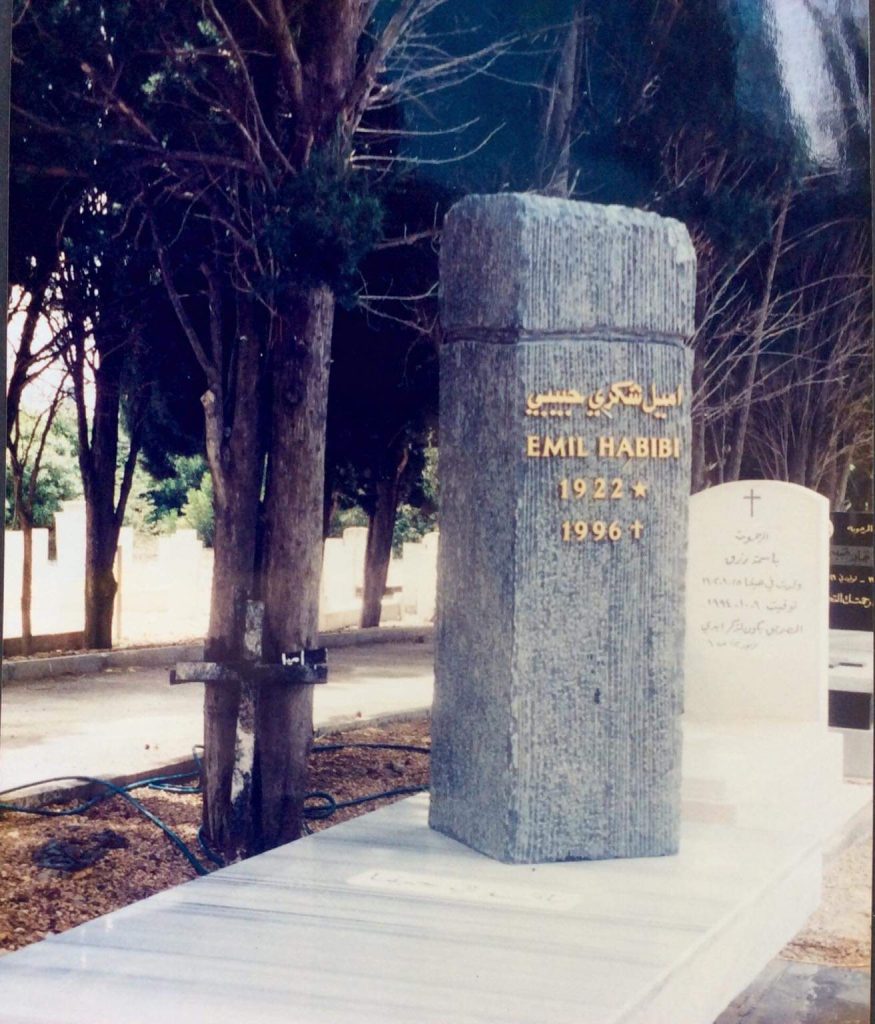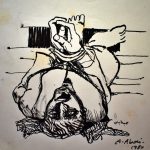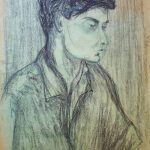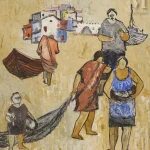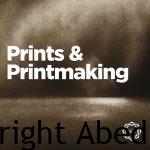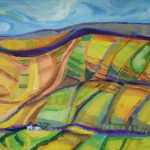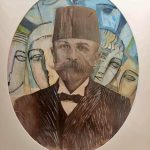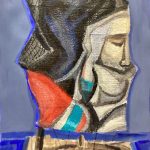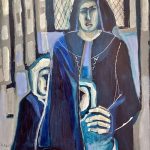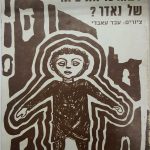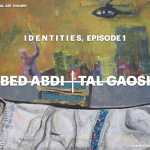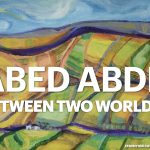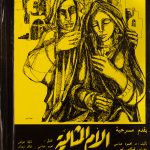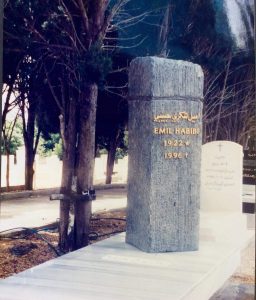
Tomorrow, Saturday just before noon, a memorial monument titled “Remaining in Haifa” will be unveiled in honor of the celebrated writer and political leader Emile Habibi, above his grave in the Anglican Cemetery in Haifa.
The monument is a tall, rectangular column standing 190 centimeters high, crafted from solid African granite. Its surface is engraved with textures that evoke the furrows of cultivated earth, marked with rough-hewn lines that suggest both resilience and rootedness. It rises from a base of white and gray marble sourced from the Marmara quarries in Turkey.
The monument was designed by Palestinian artist and sculptor Abed Abdi, with execution assistance by master stone carver Tanous Tanous.
Emile Habibi: Writer, Thinker, and Political Icon
Emile Habibi (1922–1996) was a pioneering Palestinian writer, journalist, and politician. He is best known for his groundbreaking novel “The Secret Life of Saeed, the Pessoptimist”, a unique blend of satire, tragedy, and absurdity that captures the fragmented reality of Palestinians living in Israel. Habibi received the Israeli Prize for Literature, as well as wide recognition across the Arab world, and remains one of the most significant voices in modern Palestinian literature.
He was also a leading member of the Israeli Communist Party and served for many years as Editor-in-Chief of the Arabic newspaper Al-Ittihad.
A Deep Artistic and Personal Bond
The relationship between Abed Abdi and Emile Habibi extended far beyond political and ideological alignment. For years, Habibi’s office was located next door to Abdi’s studio in Haifa, and the two shared a close, daily connection marked by deep respect and creative exchange.
Their artistic collaboration culminated in one of their most enduring contributions:
🎨 Abed Abdi designed the original cover illustration for Emile Habibi’s most famous novel, “The Secret Life of Saeed, the Pessoptimist”.
This artwork not only introduced Habibi’s literary voice visually to the world, but also symbolized the intersection of art and resistance that both men championed.
Earlier, Abdi had also served as chief graphic designer and illustrator at Al-Ittihad, working under Habibi’s editorial leadership. Their shared commitment to visual culture, public dialogue, and Palestinian identity is now forever etched in stone—through this commemorative monument that honors both legacy and friendship.
